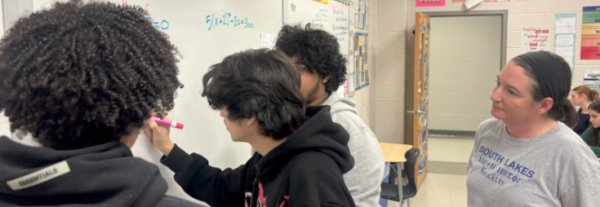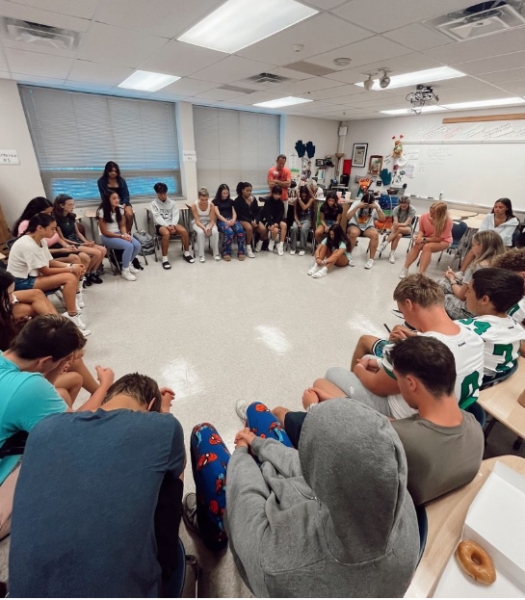Paperless in a Pandemic
The world has transformed so much in the past few years that at times it feels as though we are living in a dystopia. Aside from countries suffering death tolls in the millions and worldwide debates on everything from vaccines to stimulus checks, the pandemic has drastically changed and advanced technology. In the early days of quarantine, countries imposed lockdown restrictions, and as the virus spread, governments and health experts deemed it safer to stay at home for work and school. Searching for connection in a newly isolated world, people turned to the internet.
With lockdown orders and severe restrictions rolling out in early spring of 2020, students and workers were introduced to the new frontier: remote, online classrooms and offices. To prevent the spread of the airborne virus, employers moved their employees online. Online video communication service Zoom in particular had 300 million users in April 2020, up from 10 million in 2019. This new online office remained in place for the majority of workers since the pandemic began, with notable expectations for those deemed “essential workers” such as grocery store cashiers and public transportation employees. Even now, as the country loosens restrictions, there may still be some remnants of the virtual world left. Many businesses are accepting the hybrid model, where employees spend part of their week in the office, and part of it working remotely. It cuts down on commute time, and the companies have less costs to worry about as fewer people are using the buildings. However, the new online system could result in companies with stagnant communication and collaboration, as seeing someone through a camera is much different than seeing them face to face.
For students, the choice is much clearer. Already, public schools across the nation have returned their students to an in-person learning environment after nearly two years of complaints from students, parents, and teachers alike. It has been a concern iterated throughout the pandemic: for kids and teens, who are still developing, online learning could stunt their social and emotional development. Many children found it hard to focus online, and teachers felt disconnected from their students. Nevertheless, a return to in-person schooling may have come too late. Parents, disillusioned with the quality of public schools after a year of online learning, are pulling their children out in droves. Students across the nation are leaving public schools, with 1.5 million students missing from enrollment in 2021. In Fairfax County, enrollment in public schools was down 5.4%, with 10,000 fewer students enrolled. There was a 40% increase in the number of people who quit their jobs in public education in 2021, with almost one million people leaving the field.
Regardless of how detrimental online learning may seem, the internet is still a primary tool for students. FCPS has decided to implement virtual days after five snow days, a system unheard of before the pandemic. Students complete many paperless assignments on Google Docs and receive information about their school and courses through Schoology. Textbooks are a thing of the past, and FCPS gives each student their own laptop, deemed a necessity for learning. Spending eight hours a day in an online classroom and then completing homework or finding entertainment online destroyed the REM cycle of kids and teens, at a time where a healthy amount of sleep is essential for brain and body development. But even in-person schooling has contributed to this issue, and as more students stare at the computer for lessons, they could experience common consequences like eye strain, headaches, and back or neck pain. The impact of the pandemic and the internet on the public school system is only just beginning.
The two short years of the pandemic drastically increased the amount of time people spent on the internet, and illuminated flaws that may have taken longer to see had the world not all been collectively forced onto the web. Schools and workplaces shifted on their axis; in the future, certain companies may never return to the office, and paper may become a thing of the past. It remains to be seen how the internet will affect the next generation as they navigate a complex sociopolitical landscape, environmental concerns, and their day to day lives, but it is certain that our reliance on technology will not change anytime soon.

Emmalina is currently a Senior at South Lakes High School and Co-Editor in Chief of the Sentinel. This is her 3rd year writing for the newspaper, and she...














